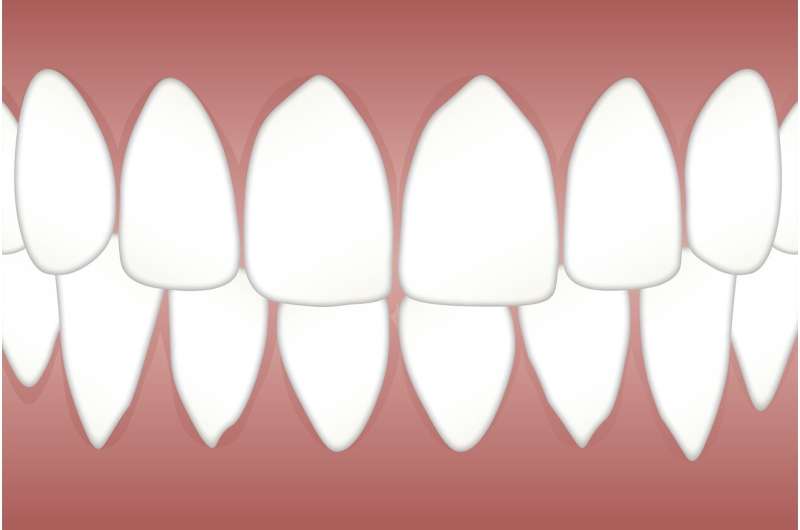Severe gum disease is associated with impaired lung function

Lung function declines with increasingly severe gum disease, according to research presented at EuroPerio10, a world congress in periodontology and implant dentistry organized by the European Federation of Periodontology (EFP).
“Our study indicates a link between periodontal disease and lung function meaning that good dental hygiene may benefit both oral and respiratory health,” said study author Dr. Anders Røsland of the University of Bergen, Norway. “More research is needed to evaluate causality and whether lung function can be improved with periodontal therapy.”
Previous research has found that dental cleaning including plaque removal is associated with a reduction in symptom flare-ups in patients with chronic obstructive pulmonary disease. This study investigated the association between lung function and periodontitis in the community-based Malmö Offspring Dental Study.
The study included 1,021 participants, of which 513 were men and 508 were women. The average age was 44.5 years. A dental check-up was performed, including X-rays and an examination of the teeth and gums. The severity of periodontitis was assessed by measuring pocket depths around the teeth and loss of attachment from the surrounding tissues. The extent of inflammation of the gums was determined from the percentage of sites showing bleeding on probing.
Moderate periodontitis was diagnosed in 289 (28%) participants and 71 (7%) had severe periodontitis. The remaining 661 (65%) were classified as no periodontitis (healthy) or mild periodontitis and acted as a comparison group. The average age of those with severe periodontitis was 55 years and 59% were men. Smoking was significantly more common in people with moderate or severe periodontitis compared with the healthy/mild group.
Lung function was assessed using spirometry, which measures the volume of air exhaled from the lungs and the flow rate of air. The researchers measured forced expiratory volume (FEV1) which is the volume of air (in liters) an individual can exhale during one second after maximal inspiration. They also measured forced vital capacity(FVC) which is the amount of air (in liters) forcibly exhaled after taking the deepest breath possible. Both FEV1 and FVC were expressed as a percentage of the predicted value for healthy people. The researchers also calculated the ratio of FEV1/FVC (%).
The investigators found that FEV1 and FVC (both expressed as a percent of the predicted value) and FEV1/FVC declined with increasing severity of periodontitis. In analyses adjusted for age, sex, smoking, body mass index, diabetes, and educational level, significant inverse associations were observed between lung function and severe periodontitis: compared to the healthy/mild group, those with severe periodontitis had 3.6% lower FEV1 and 2.2 lower FEV1/FVC.
Source: Read Full Article
